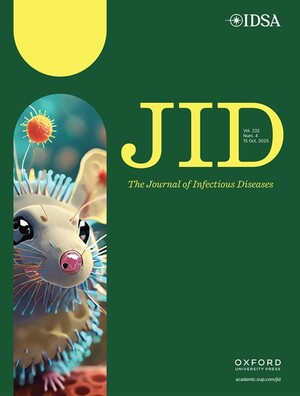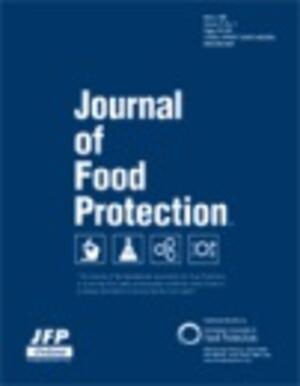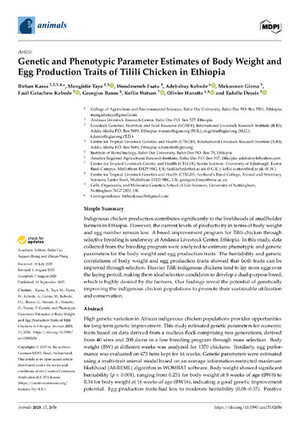
Staphylococcus aureus enterotoxin genes detected in milk from various livestock species in northern pastoral region of Kenya
Abstract
Staphylococcus aureus (SA) food poisoning results from consumption of preformed S. aureus enterotoxins in food. The enterotoxins are one of the most important virulence factors of the bacterium. The risk posed by contamination of milk intended for human consumption by pathogenic S. aureus in pastoral areas in Kenya is still generally not well documented yet this information is critical for ensuring safety to consumers who sometimes may take unpasteurized milk. This study, therefore determined the prevalence of S. aureus enterotoxin genes in raw milk from cattle, goats, sheep and camels intended for human consumption in northern Kenya. A total of 603 milk samples from 57 zebu cattle, 346 galla goats, 8 red Maasai and dorper sheep, 4 one-humped camel (Camelus dromedaries) and 188 pooled from all animals were collected from Isiolo and Marsabit counties of Kenya. S. aureus isolates were cultured from milk samples using a selective media, mannitol salt agar (MSA). Suspect colonies of SA were further analyzed using biochemical tests. Polymerase chain reaction and sequencing techniques were used to confirm SA and detect sea, seb, sec, sed and see enterotoxin genes. Overall, potentially pathogenic S. aureus harboring enterotoxic genes were detected in 85 (14.09 %, 95 % CI: 11.55-17.1 %) of the total milk samples. Genes encoding enterotoxins were detected in the S. aureus bacteria isolated from the milk samples. At least one type of S. aureus enterotoxin gene (SE) was detected in 74.11% (95 % CI: 63.91-82.24 %) of the 85 isolates. The most frequently encountered gene in the two counties was see (51; 60%, 95 % CI: 49.73-69.76 %) followed by sea (22; 25.88 %, 95 % CI: 17.76 -36.09 %) and sec (19; 22.35 %, 95 % CI: 14.8-32.29 %). None of the isolates tested positive for sed. Overall, 21 of the 85 (24.7%, 95 % CI: 16.76-34.83 %) strains harbored more than one enterotoxin gene. More than half of the S. aureus isolates harbored at least one of the enterotoxin coding genes, indicating milk samples contaminated by S. aureus could have a high chance of causing staphylococcal food intoxication. Consumption of raw and sour milk in the region could increase the risk of staphylococcal food poisoning and pastoral communities in the region are therefore advised to consume pasteurized milk.
Citation
Omwenga, I., Aboge, G.O., Mitema, E.S., Obiero, G., Ngaywa, C., Ngwili, N., Wamwere, G., Wainaina, M. and Bett, B. 2019. Staphylococcus aureus enterotoxin genes detected in milk from various livestock species in northern pastoral region of Kenya. Food Control 103:126–132.










